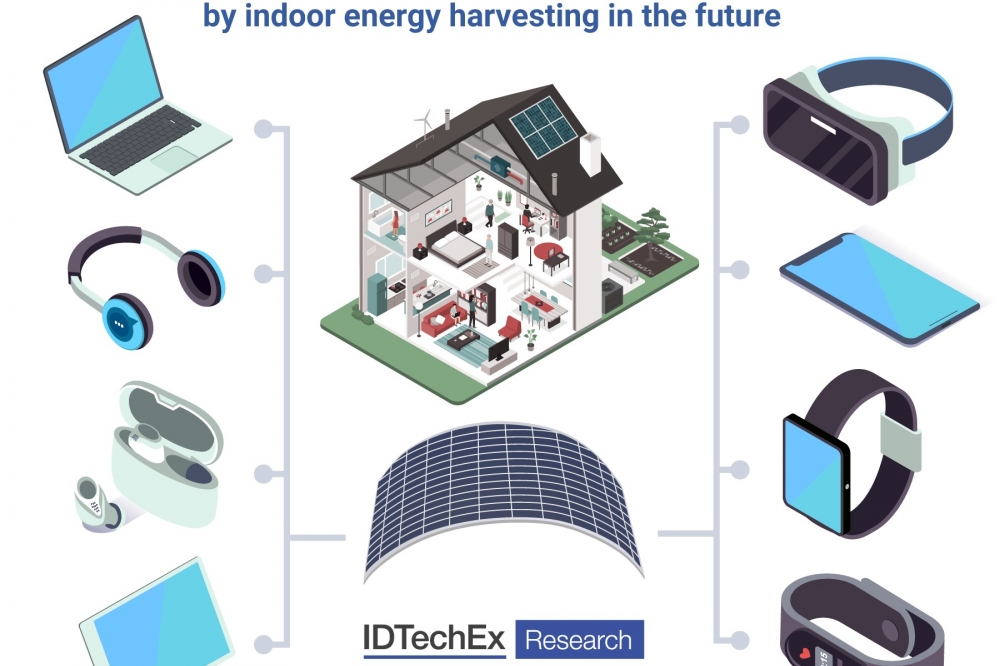Could IOT devices run on perovskite cells?

IDTechEx discusses powering ubiquitous electronics with perovskite photovoltaics
Internet of Things (IoT) devices promise to enable a world of connected objects, with their numbers forecasted to reach billions by 2030. But could they be powered with thin film perovskite solar modules?
IDTechEx has recently released a report, 'Perovskite Photovoltaics 2023-2033', that identifies the key challenges, competition, and innovation opportunities behind perovskite PV.
Perovskite PVs can provide similarly high-power density as silicon PV at a lower cost, a fraction of the weight, and with a simpler manufacturing process. Perovskite solar cells are also able to maintain relatively high efficiencies even under low intensity or diffuse light, which makes them well-suited to both indoor and outdoor energy harvesting, says IDTechEx. Since the perovskite material can be applied like an ink, the cells are lightweight, flexible, and unobtrusive.
For a lot of household and consumer electronics, high power is not a strict requirement. For example, powering headphones, sensors, and lights does not require state-of-the-art solar technology. Solar cells with an efficiency of 10-15 percent could be sufficient to operate most small and portable electronics. Durability is another typically important criterion that can be relaxed since many electronics are intended for short-term use, with consumers frequently updating their devices for newer models. The need for 25-year lifespans, as is typical for rooftop solar panels, is no longer the standard to measure by, says IDTechEx.
The key metric for the successful deployment of solar cells in consumer and retail electronics is cost. Given the increasingly high volume of consumer and retail electronics, energy solutions need to be economical. Additionally, solar technology will be competing with well-established and relatively inexpensive batteries. Solar could move into a competitive position with batteries if it were to demonstrate lower costs and greater practicality.
Perovskite PV Joins a Burgeoning Market
Perovskite is not the only PV technology being targeted at everyday electronics. Wireless headphones powered by dye-sensitised solar cells (DSSCs) are already available. The household brand Adidas has recently announced it is partnering with DSSC-manufacturer, Exeger, to make their own solar-powered headphones.
In addition, organic solar cells are being used on a small scale to power motion sensors and people counters. The advantage of perovskite PV over these already commercial technologies is that it is expected to be simpler to manufacture at scale. This is because, unlike DSSCs and organic PV, perovskite solar cells do not depend heavily on complex molecular synthesis. Perovskite PV also delivers higher efficiencies, which may make them the more suitable option as the functionality of IoT electronics becomes increasingly multifaceted.


































